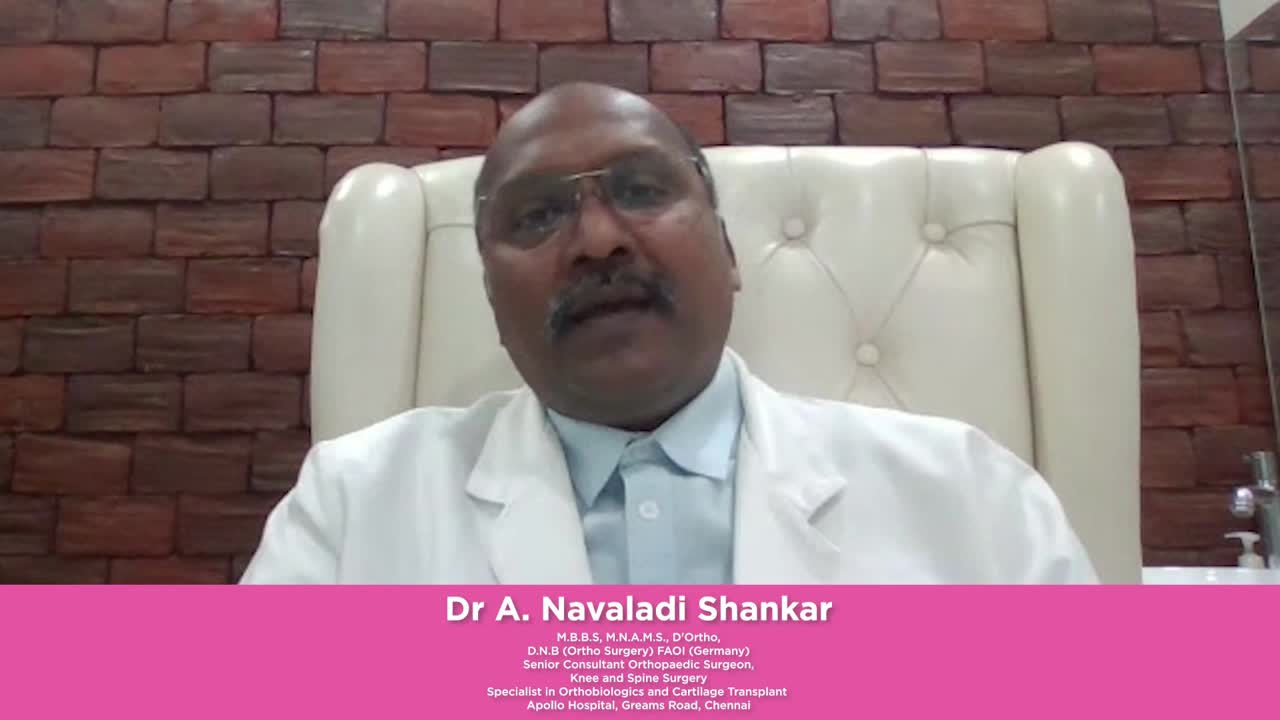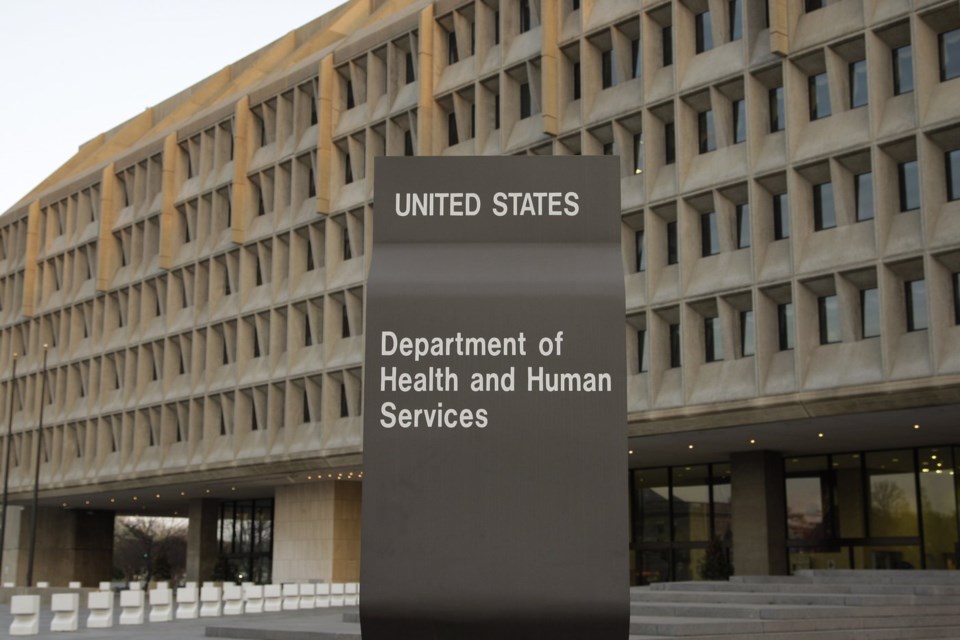
ST. PAUL — As the Minnesota Legislature works toward finalizing the state's next two-year budget this spring, lawmakers will have to decide the future of the state's reinsurance program. A few options are on the table.
The Minnesota Premium Security Plan, also known as reinsurance, began in 2018. Rep. Greg Davids, R-Preston, authored the House bill that created the state's reinsurance program, prompted by changes to the individual health plan market following the Affordable Care Act.

ADVERTISEMENT "The individual health insurance market was in a death spiral," Davids said. "In fact, in some counties there weren't even any companies that would carry a policy." Reinsurance only applies to individual health insurance plans, like those purchased on the MNsure marketplace, and not employer-sponsored group plans or government-funded plans like Medicaid.
More than 167,000 Minnesotans signed up for 2025 health plans through the individual market. Reinsurance kicks in when a health insurance claim exceeds $50,000 — from that point, the reinsurance program covers a portion of the cost. "From $50,001 to $250,000, the Minnesota Security Plan pays 80% of those costs and the insurance plan pays 20 (percent)," said Sen.
Gary Dahms, who carried the original reinsurance legislation in the state Senate. "After $250,001, then the insurance plan comes back in and pays 100%." An example: a self-insured person's hospital bill totals $100,000.
Their insurance covers the first $50,000, then the Minnesota Premium Security Plan covers 80% of the remaining $50,000. Ultimately, the insurance company covers $60,000 of that bill, while reinsurance covers $40,000. In 2023, reinsurance covered almost $207 million worth of claims.
The most common conditions where reinsurance kicked in to help cover costs billed to insurance include diabetes, COPD, heart arrhythmias, rheumatoid arthritis, cancer and heart failure. The goal of reinsurance is to keep premiums, the monthly payments made to an insurer, low. Lucas Nesse, president and CEO of the Minnesota Council of Health Plans, said reinsurance has lowered individual premiums by 20%, on average.
ADVERTISEMENT "It essentially just pays 20% of costs that would otherwise be built into the system and paid for by people in their premiums," said Nesse, whose organization represents the five nonprofit health insurers that offer individual plans in the state. Some legislators, such as Rep. Andy Smith, DFL-Rochester, are critical of reinsurance.
"I think it is important to recognize that what plans are doing with reinsurance is saying that we are not able to do the thing that we claim we do, which is to cover medical expenses for folks and be able to provide health insurance," Smith said. As established by Dahms' and Davids' legislation back in 2017, Minnesota's reinsurance program receives its funding through the state's General Fund. It also receives some federal funding through a waiver, which must be renewed every five years.
(The current waiver lasts through 2027.) Unless state lawmakers act, the state budget for reinsurance will only last until the end of this year. There are three options at play at the Minnesota Capitol: keep reinsurance as it is with state funding, keep reinsurance but fund it with an assessment on health plans or replace it with a direct subsidy.
Dahms is the chief author of a bill ( SF 333 ) that would continue funding reinsurance out of the state's General Fund. ADVERTISEMENT "It's a pretty usable program," Dahms said. "It's a pretty clean, easy-to-administer program.
" The second option — having insurers pay into the reinsurance pool instead of the state — is what DFL Gov. Tim Walz proposes in his revised state budget. "Under this plan, insurance companies will be required to create a fund that covers high-cost procedures, like premature births or cancer treatments, for people on the individual market," a press release from the governor's office states.
Rep. Kaohly Vang Her, DFL-St. Paul, is carrying Walz's budget bill in the Minnesota House ( HF 2443 ).
She said there is bipartisan support for continuing the state's reinsurance program. Figuring out the best way to fund it, Her said, is still a work in progress. "There is not one particular thing that we are actually married to at this point," Her said.
"We're trying to find the best option that funds this in a way that, in a tough budget situation, how are we going to provide the best funding source to keep reinsurance going?" The assessment option is what Smith prefers, he said. "In essence, that is the plans themselves dispersing the risk among themselves, and that will hopefully keep them from raising rates," Smith said. ADVERTISEMENT Nesse, however, said health insurance companies already pay millions of dollars in taxes to the state each year, and paying an additional assessment into the reinsurance fund will make it less efficient.
"That's why we encourage existing resources, as have been previously used, as the most efficient way to fund reinsurance," Nesse said. A third proposal ( HF 2506 / SF 1024 ) would phase out the reinsurance program and replace it with a direct subsidy — reimbursing self-insured Minnesotans for a portion of what they pay toward their premium. "This subsidy program is designed to mimic reinsurance; the overall effect for consumers will be very similar to what they experience with reinsurance," said bill author Sen.
Melissa Wiklund, DFL-Bloomington, at the Senate Commerce and Consumer Protection Committee's March 20 meeting. That option is unlikely to succeed in this session, as the Commerce and Consumer Protection Committee voted not to pass SF 1024 in its March 20 meeting. The House version has not yet been heard in committee.
ADVERTISEMENT.














